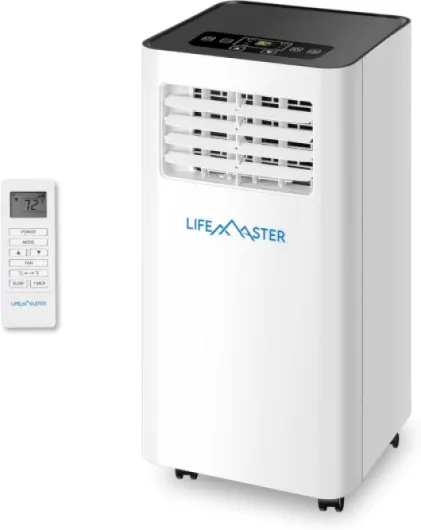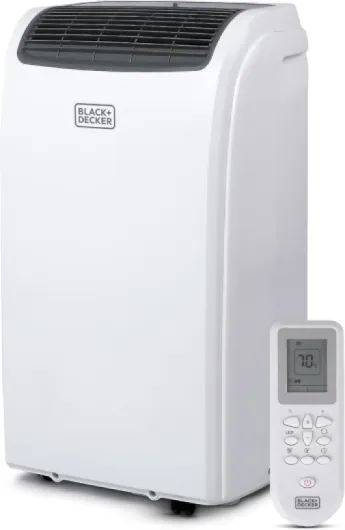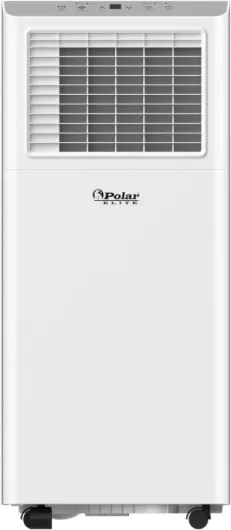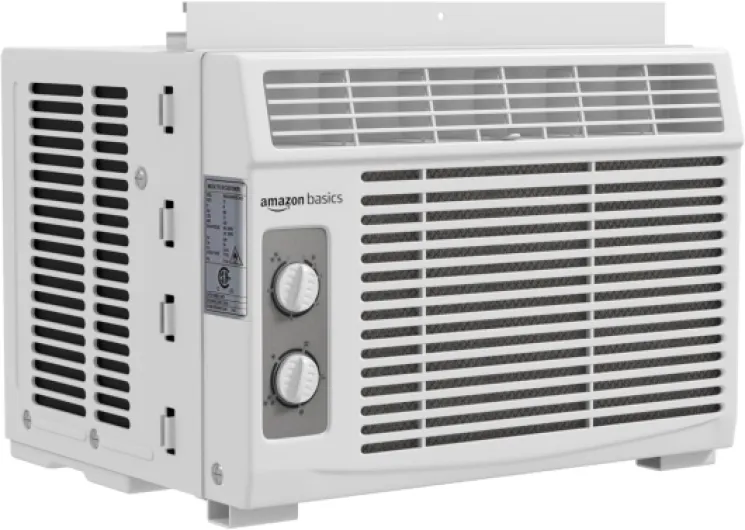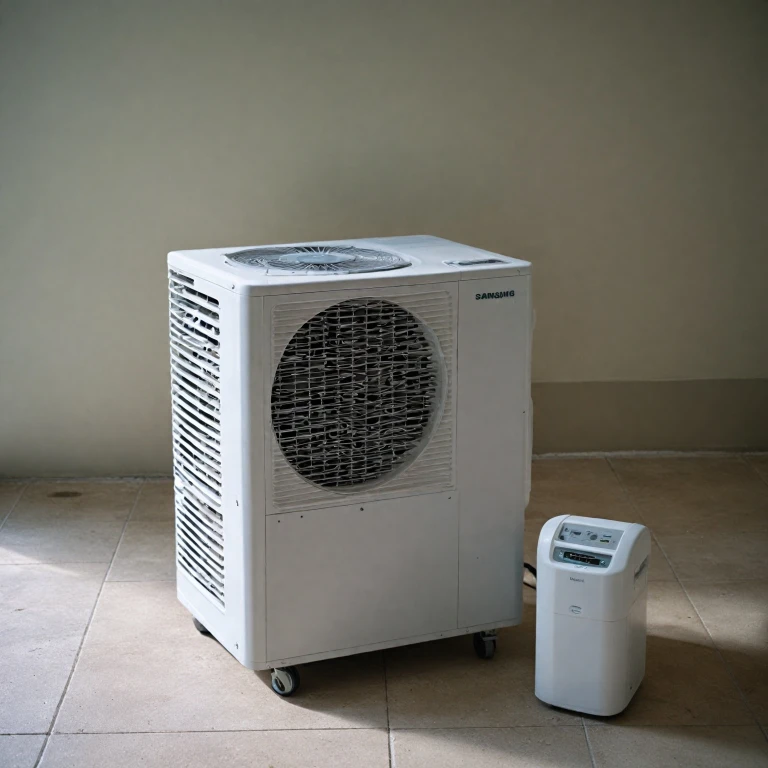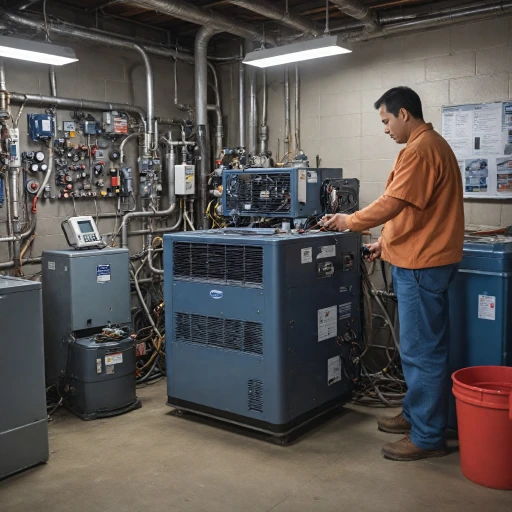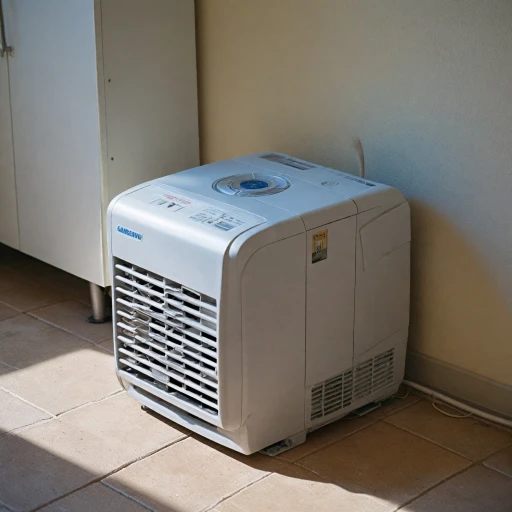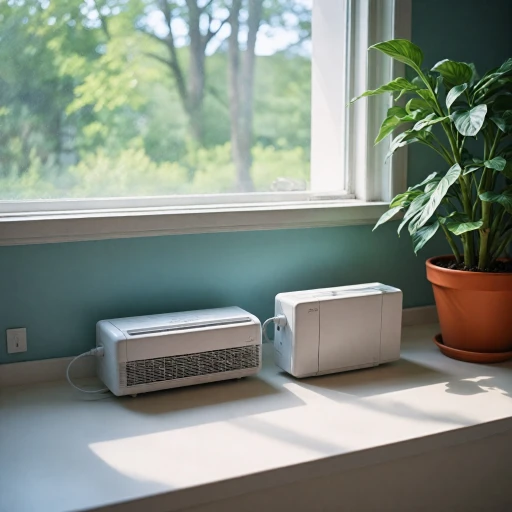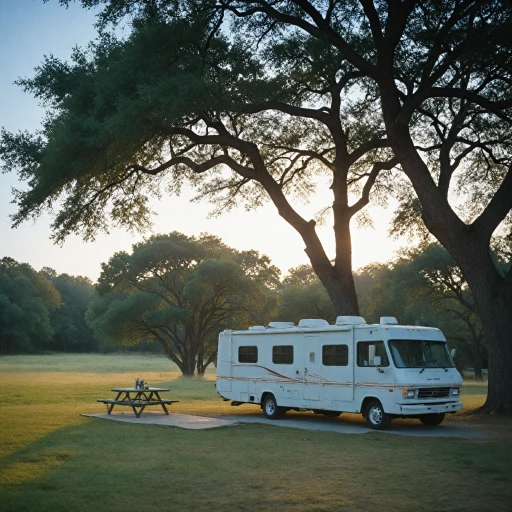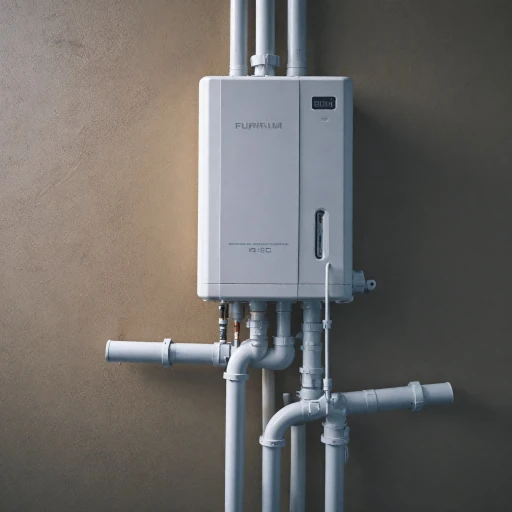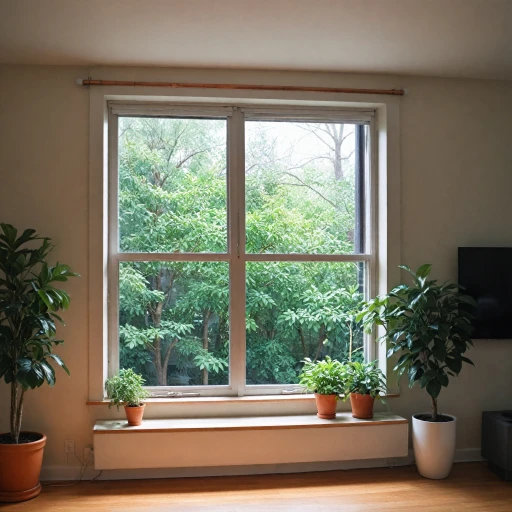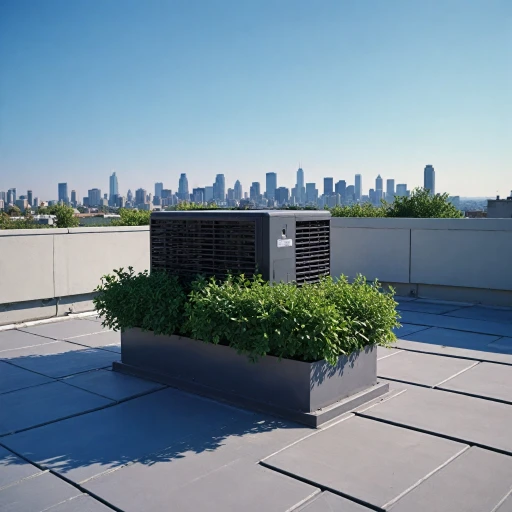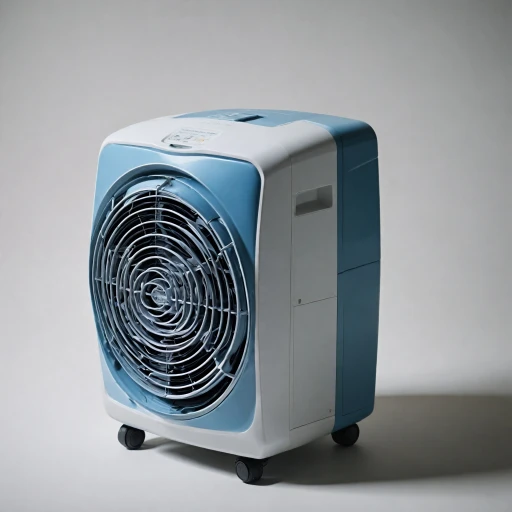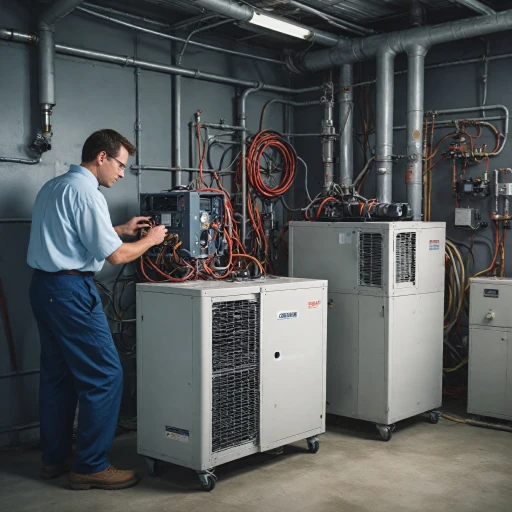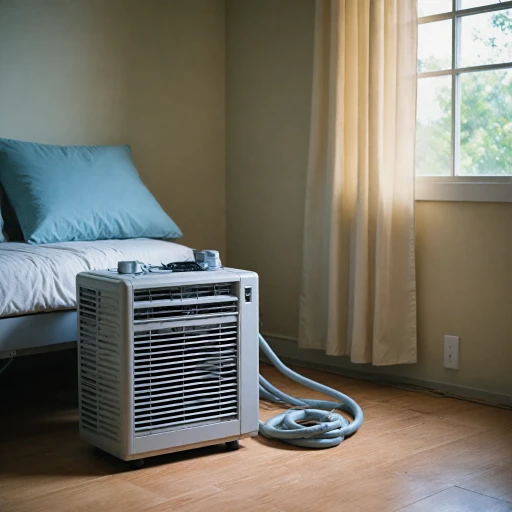
The Basics of Portable Air Conditioners
Introduction to Portable Air Conditioners
Portable air conditioners are a versatile and convenient solution for those looking to cool specific areas without the need for permanent installation. These units are especially beneficial for renters or those who frequently move, as they offer flexibility and ease of use. Understanding the essential parts of portable air coolers can help you make an informed decision when purchasing.
How Portable Air Conditioners Work
At the heart of any portable air conditioning system is its ability to efficiently transfer heat from an indoor space to the outdoors. This process involves several key components working in harmony. The unit pulls in warm air from the room, which then passes over the evaporator coil. Here, the refrigerant absorbs the heat, cooling the air before it is circulated back into the room by the fan motor. Meanwhile, the heat extracted is expelled outside through the exhaust hose, which is typically vented through a window or wall opening.
Benefits of Portable Air Conditioning Units
- Flexibility: Unlike traditional HVAC systems, portable units can be moved from room to room, providing cooling exactly where it's needed.
- Cost-Effective: These units often require less energy than central air conditioning systems, making them an energy-efficient choice for smaller spaces.
- Easy Installation: With no permanent installation required, setting up a portable air conditioner is usually straightforward, often involving just a few steps.
- Minimal Maintenance: Regular cleaning of filters and occasional replacement of parts can keep the unit running smoothly, ensuring longevity and optimal performance.
By understanding these basics, you'll be better equipped to explore the key components and maintenance tips that will help you get the most out of your portable air conditioner.
Key Components Explained
Breaking Down the Components of a Portable Air Conditioning Unit
Understanding the key components of a portable air conditioner is essential for both optimal use and maintenance. A standard portable air conditioner, or conditioning system, is made up of several critical parts that work together to effectively cool and heat indoor spaces:- Compressor: At the heart of every portable air conditioner, the compressor plays a crucial role in circulating refrigerant throughout the system. It compresses the refrigerant, a process that turns it from gas to liquid, facilitating the cooling effect.
- Refrigerant: This chemical compound cycles through the air conditioner parts, absorbing and releasing heat, to provide a continuous cooling effect. The type of refrigerant used can also influence the energy efficiency of the unit.
- Evaporator Coil and Fan: As warm air is drawn into the conditioner indoor unit, it passes over the evaporator coil. The fan assists in moving this warm air across the coil, where the refrigerant absorbs the heat, cooling the air before releasing it back into the room.
- Condenser Coil and Deep Dive Into Its Functionality: This coil releases the heat absorbed by the refrigerant to the outdoor unit, effectively cooling the refrigerant again. The role of the condenser coil extends beyond simple heat exchange; its efficiency impacts the entire conditioning system's performance.
- Fan Motors: These drive the fans that circulate air over both the evaporator and condenser coils. Proper functioning and maintenance of fan motors are essential for sustained performance and system longevity.
- Indoor and Outdoor Units: The portable air conditioner functions as a mini HVAC system. The indoor unit handles the cooling and heating, while the outdoor unit typically holds the condenser and often the compressor, venting out unwanted heat.
Understanding the Air Conditioner Parts Diagram
Exploring Portable Air Conditioner Diagrams
When you're dealing with portable air conditioners, understanding the diagram of the unit is crucial. Each air conditioner is made up of numerous parts that together ensure efficient cooling. Not only does a quick glance at the diagram help in identifying what each part air does, but it also aids in tackling any issues or replacements that may arise down the line. Upon examining a typical air conditioner diagram, you can spot the- Compressor: The heart of the system, it compresses the refrigerant, turning it into a high-pressure gas before it moves through the coil system.
- Evaporator Coil: This is where the indoor unit works its magic. As warm air flows over these coils, heat is absorbed, effectively cooling the air that is then recirculated back into the indoor environment.
- Condenser Coil: Located in the outdoor unit, it releases the absorbed heat from the evaporator into the atmosphere.
- Coil Fan: Essential for airflow, it pushes air over the condenser coil and helps in dissipating the extracted heat outside.
- Fan Motor: Integral to the overall operation, providing the necessary mechanical energy to move air through your conditioning system.
- Refrigerant: This chemical fluid flows within the HVAC system, playing a key role in transferring heat.
Maintenance Tips for Longevity
Essential Tips for Keeping Your AC in Top Shape
Maintaining your portable air conditioner is crucial for ensuring its longevity and optimal performance. Here are some practical tips to keep your unit in excellent condition:- Regular Cleaning: Dust and dirt can accumulate on parts like the fan motor and evaporator coil. Regularly clean these components to ensure efficient airflow and system operation.
- Filter Maintenance: The indoor unit filter should be cleaned once every two weeks during peak usage and replaced as necessary. A clean filter is vital for good air quality and energy efficiency.
- Inspect and Clean the Coils: Both the evaporator coil and the condenser coil play critical roles in the heating cooling process. They should be checked for any debris or build-up, which could block the airflow and reduce cooling capacity.
- Ensure Proper Ventilation: Ensure the air conditioner is positioned appropriately for ventilation; otherwise, it may recycle warm air, causing inefficiencies.
- Check for Refrigerant Leaks: If you notice a decline in cooling efficiency, your unit might be experiencing a refrigerant breakdown. Professional HVAC interventions may be required.
- Regularly Inspect Parts: Over time, air conditioners parts like the fan and compressor might need attention or replacement. Keep an eye out for unusual noises or decreased performance.
- Secure Proper Storage During Off-Season: If not in use, store the unit in a dry place, detach any conditioning system parts that could get damaged in transit, and ensure that the outdoor unit is adequately protected from elements.
Troubleshooting Common Issues
Solving Common Portable Air Conditioner Problems
Experiencing issues with your portable air conditioner can be frustrating, especially in the heat of summer. While these units are designed to bring relief, occasional breakdown is inevitable. Recognizing these common problems and understanding how to fix them can keep your system in top condition, ensuring effective cooling when you need it most. To begin troubleshooting, make sure you familiarize yourself with the unit’s parts: the compressor, evaporator coil, condenser coil, and other vital components. Once you have a clear understanding of the inner workings, it becomes easier to identify the root of the issue.- Air Conditioner Not Cooling: This is often a sign that the evaporator or condenser coil might be dirty or the refrigerant levels are low. A buildup of dust and debris can affect the airflow your fan delivers and reduce efficiency. Cleaning these coils usually resolves the problem.
- Fan Not Working: Check if the fan motor is functional. Over time, the fan motor can wear down and may need parts replacement. To test the part, spin the fan blades manually to see if they move freely.
- Water Leak Issues: Portable products can sometimes develop leaks, especially when the indoor unit is not draining properly. Ensure the drainage system is not clogged.
- Unit Not Turning On: This could be due to a blown fuse or a tripped breaker. Confirm if the power supply is intact. If the issue persists, examining the conditioner parts for any defects could be necessary.
Choosing the Right Portable Air Conditioner for Your Needs
Choosing the Right Portable Cooling Solution for Your Space
When selecting a portable air conditioner, consider several factors to ensure it meets your specific needs. Here are some key aspects to keep in mind:- Cooling Capacity: The cooling power is typically measured in BTUs (British Thermal Units). A higher BTU indicates a more powerful unit, which can cool larger areas effectively. Consider the size of your room to determine the optimal BTU for efficient cooling.
- Energy Efficiency: Look for models with a good Energy Efficiency Ratio (EER). A higher EER means the unit provides more cooling output per watt of power consumed, leading to energy savings.
- Portability and Ease of Installation: The unit's design should facilitate easy movement between spaces. Portable air conditioners with built-in caster wheels and handles enhance user convenience. Additionally, ensure the installation process is straightforward with clear instructions for venting warm air.
- Features and Controls: Check for a user-friendly control panel and remote control operation. Features such as programmable timers, multiple fan speeds, and sleep modes can add to the comfort and functionality of the unit.
- Noise Level: Consider the indoor noise level of different units, especially if you're planning to use the air conditioner in a bedroom or office setting. Products with a lower decibel rating ensure quieter operation.
- Replacement Parts Availability: Over time, components like the fan motor, evaporator coil, or condenser coil might need replacement. Choose a brand or model with readily available replacement parts to avoid unnecessary breakdown or replacement expenses.
- Multi-Functionality: Some units function as dehumidifiers or heaters as well, offering additional indoor climate control options.
